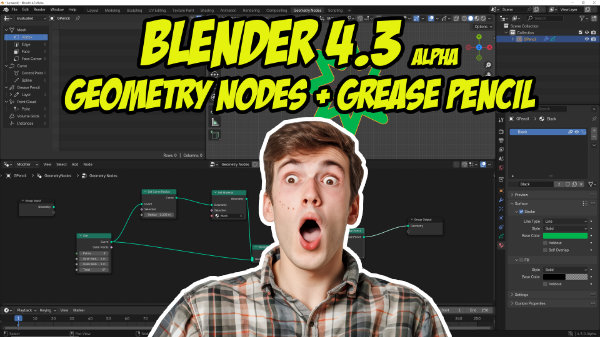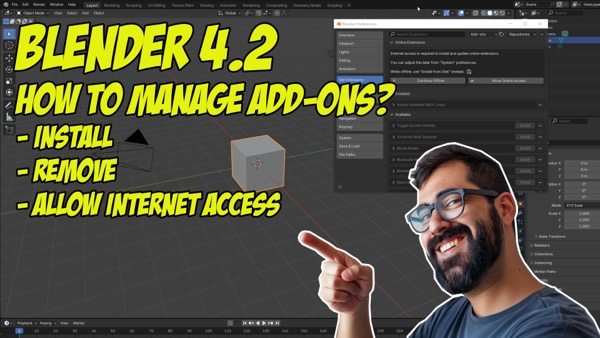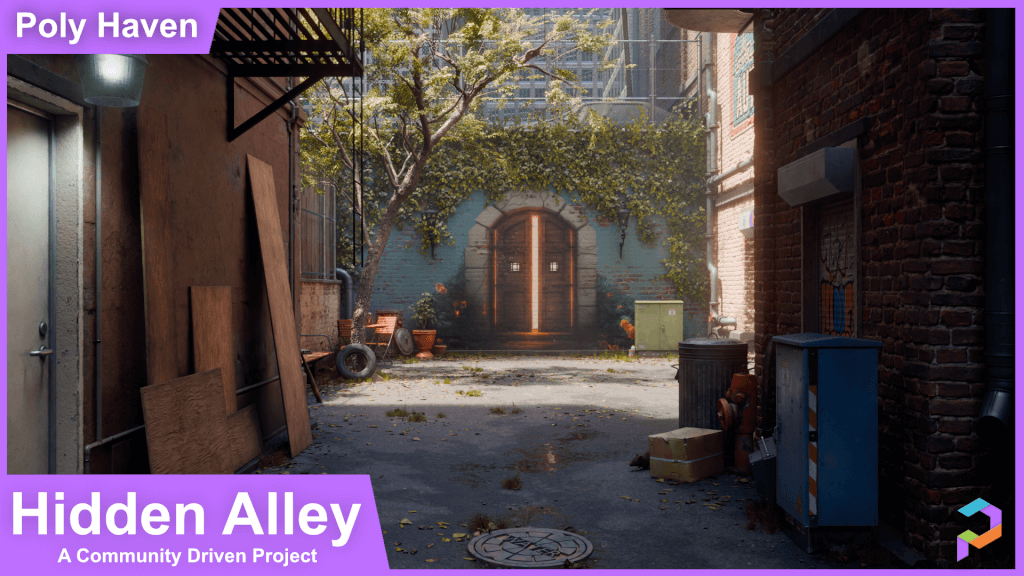
How to use Light Groups in LuxRender and Blender 3D for interior design
If you are planning to use LuxRender as your main external render engine to produce architectural visualization, you really have to learn and apply light groups to your design process. Actually this is a quite simple feature of LuxRender, which can produce amazing results to artists that need different versions of a render, like a day and night versions of the same environment. Just like I have promised in a previous post, I just published a tutorial about the procedures and setup required in LuxBlend to export a scene with Light Groups.
The video is available in Vimeo, and if you are a registered user there the source of the tutorial can be downloaded. And as you will notice, the tutorial is narrated in English this time. Since a lot of readers ask me to narrate the tutorials I create in my other blog, where I always post videos in Brazilian Portuguese, now the video is in English too!
How to use the Light Groups in LuxRender and Blender 3D from Allan Brito on Vimeo.
To illustrate the overall functions and options available with Light Groups in LuxRender, I have used only a simple scene with only a chair placed to give a better idea of the scale.
At the scene there are three different light sources:
- The sun light
- The spots on the wall
- Spots on the ceiling
To use light groups, all you have to do is setup a unique name for the materials applied to each of the objects that have a Light material associated with it. For the sun we will choose sunsky as the type of environment at the Cam/Env tab in LuxBlend.
If you do all those steps, in the LuxRender main window we will find a tab on the left called Light Groups. There we will be able to control the intensity, color and even if the light source is turned on or off! With a feature like this we can created very easily versions of the rendering, with a day and night shots of the light setup for the same environment with only a single render!
Well, I hope you like the tutorial.





Many thanks for the tutorial, Allan. Really, really interesting.
I´m using Yafaray right now, but it seems to me that Luxrenders deserves a look too.
Also thanks for making it in english!
By the way, if someone wants to download the video and don´t want to register in Vimeo, you can use a plug-in for Firefox called “Download Helper”. It´s easy to use and it works for a lot of sites (like Youtube and so more ones)!
Greetings!
Great 😀 Another fantastic tutorial to expand our knowledge!
I love this functionality of Luxrender.
Thanks Allan!
Thanks for sharing your knowledge ! 🙂
Will you write an update of your book when blender 2.5 is coming out ?
Kind regards
Alain
Hi Alain,
I`m glad to know that you like the tutorial.
Sure! I will upgrade the book when 2.50 is released. But, I believe that this will take some time.
Regards
A new book for Blender 2.5 would be fantastic. I think a lot of people would be interested. Hope you explain about Yafaray and Luxrender in it.
Keep us in touch about this, Allan.
Greetings.
Comments closed due to high levels of spam on this post.